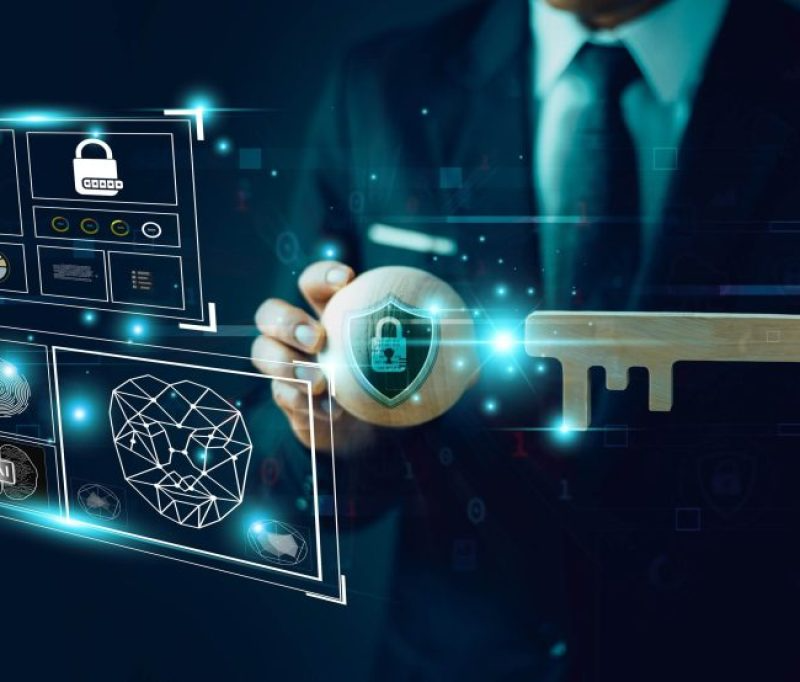What UK CEOs Should Know About Managed IT Services in 2025

The role of chief executives is shifting rapidly as technology becomes central to business success. In 2025, UK CEOs can no longer treat IT as a background function; it is a direct driver of growth, resilience, and strategic differentiation. Decisions around managed IT services have moved firmly into the boardroom, and leadership teams are expected to understand their implications.
The Changing Role of Managed IT Services in Business Leadership
Technology now influences every aspect of corporate strategy. Whether it is customer engagement, operational efficiency, or regulatory compliance, IT decisions carry board-level significance.
- CEO accountability for digital direction: Investors, employees, and customers expect business leaders to articulate a clear technology vision.
- The demand for IT outsourcing support: By 2025, most mid-sized and enterprise firms rely on external providers for critical IT functions. This approach ensures access to expertise that may be too costly to replicate internally.
- A landscape shaped by rapid innovation: Cloud-first policies, AI-powered decision-making, and decentralised workplaces are no longer optional extras—they are mainstream expectations.
As a result, managed IT services are not simply operational choices. They are strategic decisions that influence competitiveness.

Key Benefits Driving CEO Adoption
CEOs are often under pressure to reduce costs while simultaneously improving efficiency and resilience. Managed IT services offer tangible business advantages in these areas.
- Predictable costs and scalability
Outsourcing creates a predictable financial model. Companies shift from unpredictable capital expenditure towards flexible, subscription-based services. This gives CEOs the confidence to plan budgets without fear of sudden IT cost spikes. - Operational agility
Businesses need the ability to scale resources up or down quickly. With external support, firms can expand operations without delays linked to hiring and training new IT staff. - Managed IT services security
Cyber threats are relentless in 2025. CEOs must prioritise resilience, and external providers typically deliver stronger, continuously updated security protocols than most in-house teams. - Business continuity and disaster recovery
Downtime can mean significant revenue loss. Managed IT services provide guaranteed recovery times and redundant systems that protect revenue streams and reputation.
These benefits mean that CEOs who treat IT as a cost centre miss out on the wider opportunities of efficiency, resilience, and innovation.
Security, Risk, and Compliance Priorities
Security is no longer just the responsibility of the IT department—it is a boardroom-level concern. In 2025, cyber resilience underpins reputation, trust, and long-term growth.
- Zero-trust approaches
Managed IT services security now relies on zero-trust models, where no user or device is automatically trusted. This reduces risks associated with remote work and third-party integrations. - Compliance as a differentiator
Whether operating in finance, healthcare, or retail, CEOs must ensure compliance with data protection and industry standards. Managed service providers deliver ongoing monitoring and documentation to support these requirements. - Balancing internal and outsourced expertise
Some organisations retain small internal IT teams while outsourcing core functions. This hybrid model allows leadership to stay close to strategic priorities while ensuring technical resilience.
By elevating security discussions to CEO level, businesses can better balance operational needs with long-term trust and compliance.
Strategic Role of IT Outsourcing Support
For many CEOs, outsourcing is not only about cost-saving but also about positioning their business for growth.
- Strategic alignment with goals
IT outsourcing support ensures leaders can focus on innovation, partnerships, and market expansion while experts handle the technical foundation. - Specialised expertise without overheads
From cloud infrastructure to cybersecurity monitoring, CEOs gain access to knowledge that would otherwise require significant in-house investment. - Supporting business priorities
Outsourced providers cover services such as:- Proactive monitoring and incident response
- Cloud hosting and migration
- Service desk and user support
- Patch management and compliance reporting
By 2025, outsourcing has become a standard tool for CEOs to secure stability while pursuing growth.
Preparing for the Future of Technology Leadership
The IT landscape in 2025 is influenced by emerging technologies and changing work patterns. CEOs must understand how managed IT services adapt to these shifts.
- AI and automation
Predictive maintenance, automated patching, and AI-driven threat detection reduce human error and improve service efficiency. - Hybrid work and ongoing support
As remote and hybrid work models remain the norm, leaders must ensure consistent user experience across locations, devices, and time zones. - Sustainability considerations
Green IT is no longer a niche demand. Energy-efficient data centres and sustainable procurement are now critical elements of corporate responsibility. - Scalable partnerships
CEOs should prioritise providers that can adapt to evolving business needs, ensuring long-term resilience and continuity.
Action Points for CEOs in 2025
To ensure their organisation benefits fully from managed IT services, CEOs should focus on several key actions:
- Ask the right questions
- What are the measurable outcomes of the contract?
- How does the provider address managed IT services security?
- What is included in the service-level agreement?
- Align with business goals
Ensure IT outsourcing support ties directly into broader growth and innovation objectives. - Review contracts regularly
The technology landscape shifts quickly. CEOs should schedule contract reviews every 12–18 months to maintain value and flexibility. - Communicate ROI clearly
Boards must understand how IT investments reduce risk, improve efficiency, and drive innovation.
These action points provide CEOs with a practical framework to treat IT as a strategic enabler rather than an operational afterthought.
Conclusion
In 2025, the role of the CEO is deeply connected to technology decisions. Managed IT services provide not only operational support but also strategic value, enabling companies to thrive in an increasingly digital and competitive environment. Leaders who embrace outsourcing and prioritise security position their organisations for resilience and sustainable growth. For those seeking trusted guidance, Renaissance Computer Services Limited continues to deliver expertise and support tailored to modern business needs.
- Art
- Causes
- Best Offers
- Crafts
- Dance
- Drinks
- Film
- Fitness
- Food
- Oyunlar
- Festival
- Gardening
- Health
- Home
- Literature
- Music
- Networking
- Other
- Party
- Religion
- Shopping
- Sports
- Theater
- Wellness



